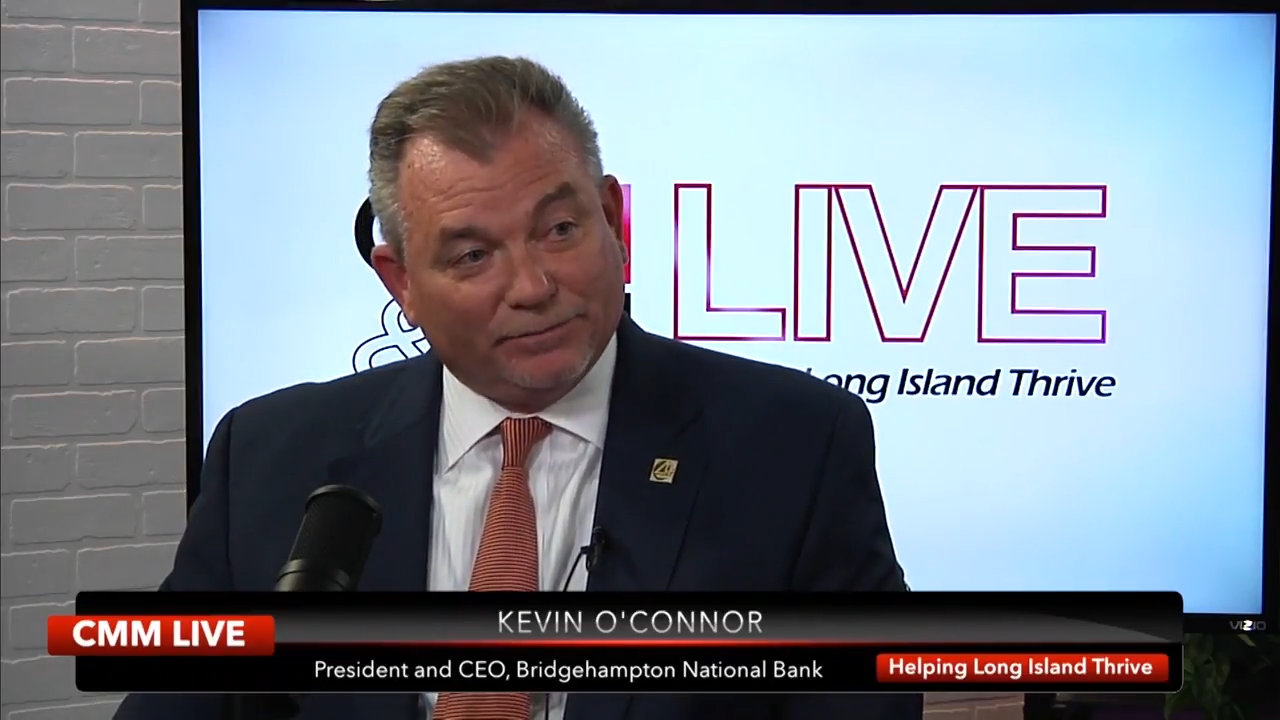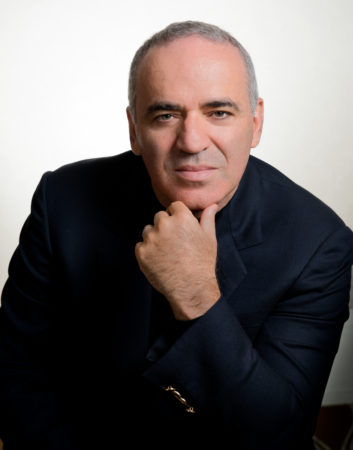
By Adina Genn
Keep cell phones and keys off the table. Limit yourself to one alcoholic drink. And dress appropriately.
Attorneys meeting with clients must know proper form for not only the courtroom but also the dining room. And while much of this is common sense, it never hurts to brush up on etiquette.
That was the thinking behind a recent Campolo, Middleton & McCormick event. The law firm, with headquarters in Ronkonkoma, recently invited its 35 attorneys to a three-course dinner at St. George’s Golf & Country Club in East Setauket. The theme? Basic manners and etiquette tips for business and formal events.
Although the interactive evening was lighthearted and fun, it did fit in the firm’s mission of training and investing in its employees.
And when it comes to best practices, understanding etiquette is “equally important” as other training, said Joe Campolo, the firm’s managing partner.
It’s the kind of training Campolo went through as a student at Fordham Law School, but when speaking with CMM attorneys, it turned out that no one had gone through similar training. But the coaching, he said, would go a long way.
“We’re probably not going to ever win a client over because we have great manners, but we certainly could lose a client if we’re a bunch of slobs,” he said.
Certainly, if breaking bread is the opportunity to build business, good etiquette only furthers the cause.
The training comes at a time that Campolo calls “the casualization of society” where diners sometimes show up to fine restaurants in shorts and flip-flops. And while he wasn’t aiming to “re-create Downton Abbey,” the event provided the opportunity for the firm’s colleagues to bond, laugh and get a refresher on the basics of decent manners.
For example, when it comes to hosting a meal out, consider your guest’s tastes and travel time, and avoid places that are cramped, crowded and known for their slow service, said Joan Jerkens, the owner of Melville-based Act As If Etiquette & Protocol, the evening’s etiquette expert. If you’re the guest, respond to the invitation and consider scoping out the location in advance.
And, she cautioned, be on time.
Diners who aren’t sure about table settings are not alone.
“As I attend business lunches, there’s a lot of confusion,” Campolo said. “People drink water from a glass someone already drank out of, or eat bread that’s already been eaten – it gets awkward.”
Jerkens recommended an acronym: BMW (bread plate on the left, main-course plate in the center, water glass to the right). The breadbasket should get passed clockwise. And when finished with utensils, rest them on the plate, never on the linens.
As for talking shop? Wait at least until after the order has been placed, if not until the main course. Focus instead on small talk, Jerkens said. Not surprisingly, ordering non-messy food is recommended.
And when it comes to drinks, less is more, she noted, recommending no more than one drink.
But that doesn’t mean no alcohol. And it never hurts to know which kinds of wines go with which dishes. Samantha Macleod, the evening’s wine expert, shared some helpful tips. For example, if you’re having a dish with mushrooms and truffles, consider a Pinot Noir. For fatty fish, or fish in a rich sauce, Chardonnay is a good go-to, while light fish dishes pair well with Pinot Grigio.
Champagne goes with anything salty, while Cabernet Sauvignon works well with steaks or chops. And Malbec and spicy barbecue sauces are a recommended combination.
And there’s no need to order a $200 bottle of wine. Rather than try to impress with a hefty price tag, look to make your guest comfortable, with enjoyment being the main focus.
When it comes to struggling over who is going to foot the bill, as host, you can make that challenge a nonstarter by giving your credit card in advance to the maître-d’ to pay the bill, Jerkens said. That way the restaurant settles up with you, and the bill never arrives at the table prompting an awkward moment. But if you intend to split the bill, make it clear when first making plans to get together.
And if you’re the guest, order in the middle price range, Jerkens said.
While cell phones should be off the table, if you do get an urgent call, leave the table and area, Jerkens said. But that triggers the dilemma: what to do with the napkin on your lap? Fold it (covering any soiled spots) and put it on the left of your plate – never on the plate itself.
As for making introductions – for instance, if dining with a client, and the firm’s managing partner stops by the table to say hello – introduce the person you want to honor first, which in this instance is the client. And while standing up during an introduction shows good manners, those at the table should “at the very least, put the utensils down,” Jerkens said.
Choosing the proper attire can also create challenges, which is where Janine Giorgenti, the owner of Giorgenti New York, a custom clothing shop in Garden City, offered tips. Dress for the size you are now, rather than waiting until losing that extra 10 pounds. If it’s a day where you have multiple events on your calendar, consider which requires the most formal attire and dress for that occasion. And remember, even if you aren’t seeing clients that day, dress as though you are: Clients may still be coming into the office, and it’s key to look professional.
Keeping with the evening’s interactive theme, the attorneys had the chance to set the table, so they could garner a better understanding of place settings. They also had an opportunity to ask questions. And there were contests and prizes, which included etiquette books.
“There was huge team building, and the feedback showed how much they learned,” Campolo said.
Jerkens agreed, noting, “Everyone walked out with a little more knowledge.”
Read it on LIBN.
View photos from the event here!




 By Mitchell H. Pally
By Mitchell H. Pally In its role as Special Counsel to the
In its role as Special Counsel to the 
